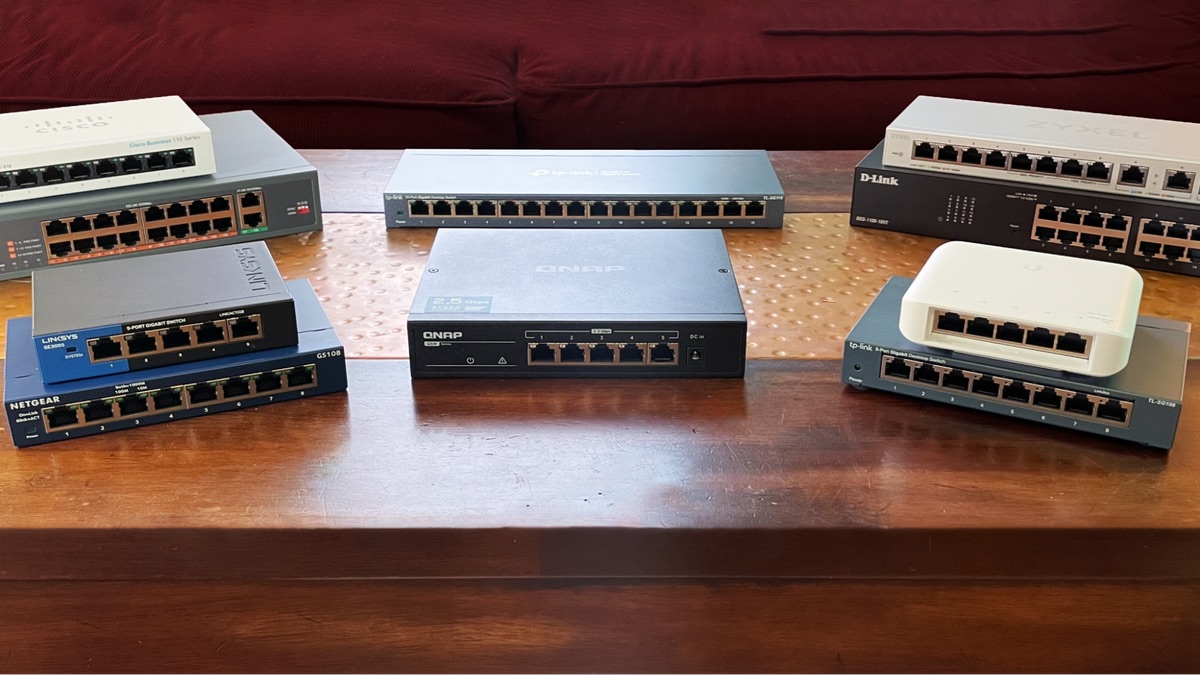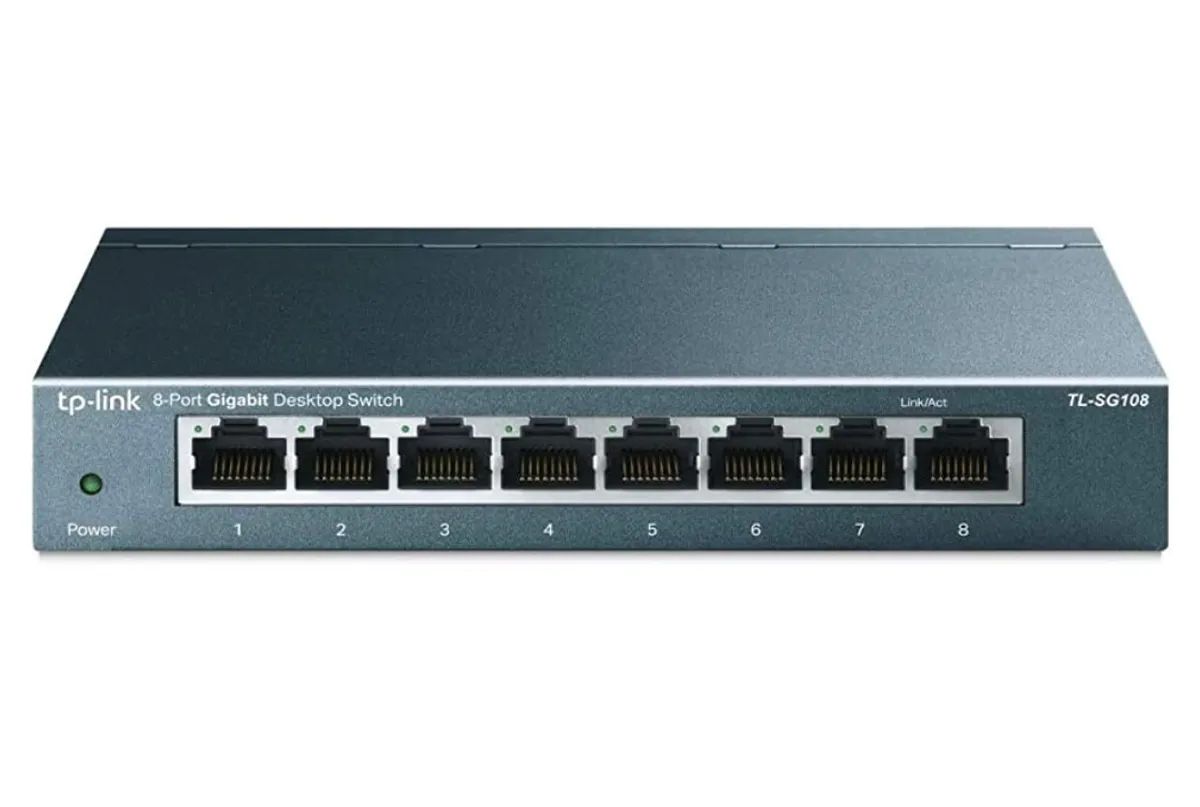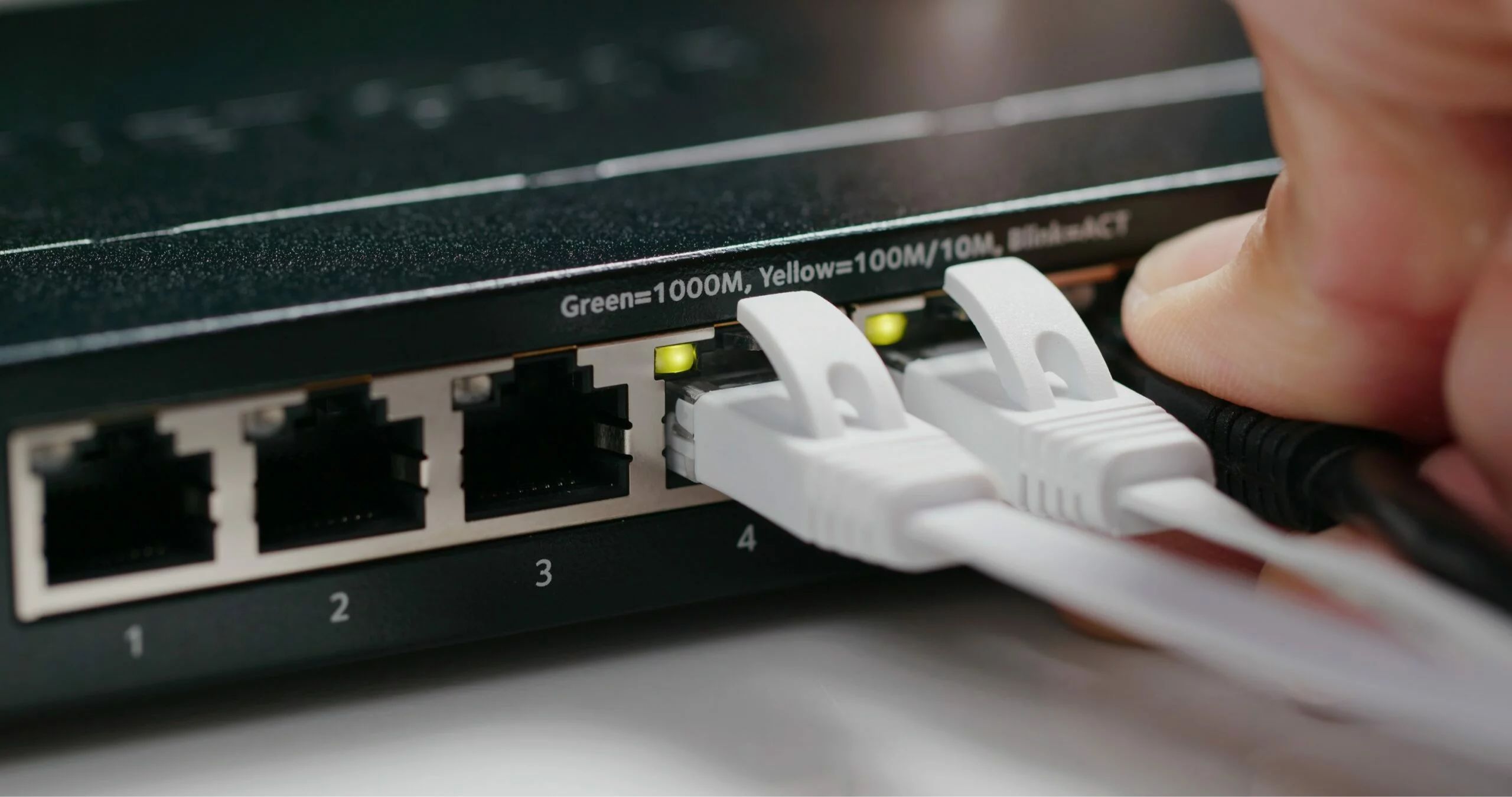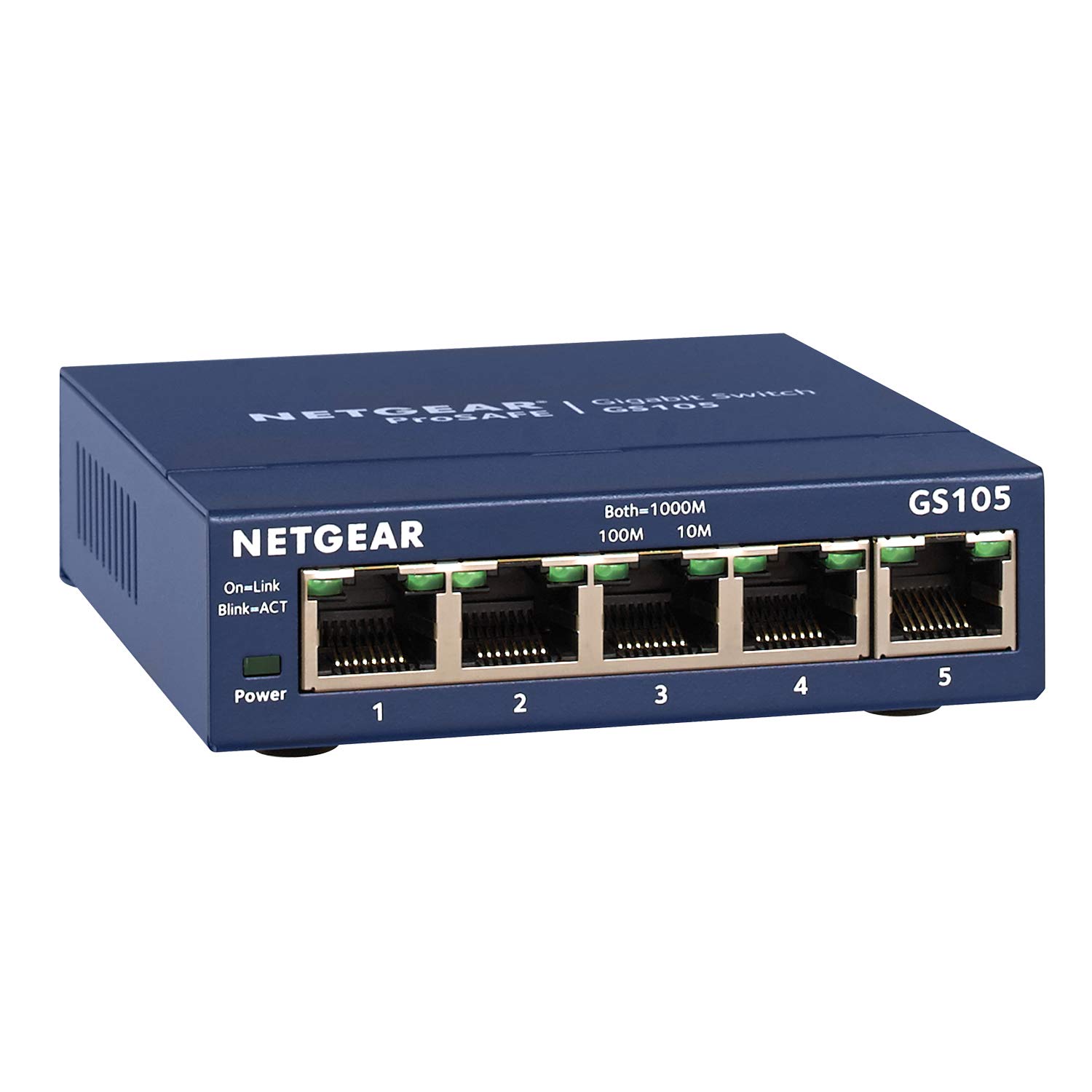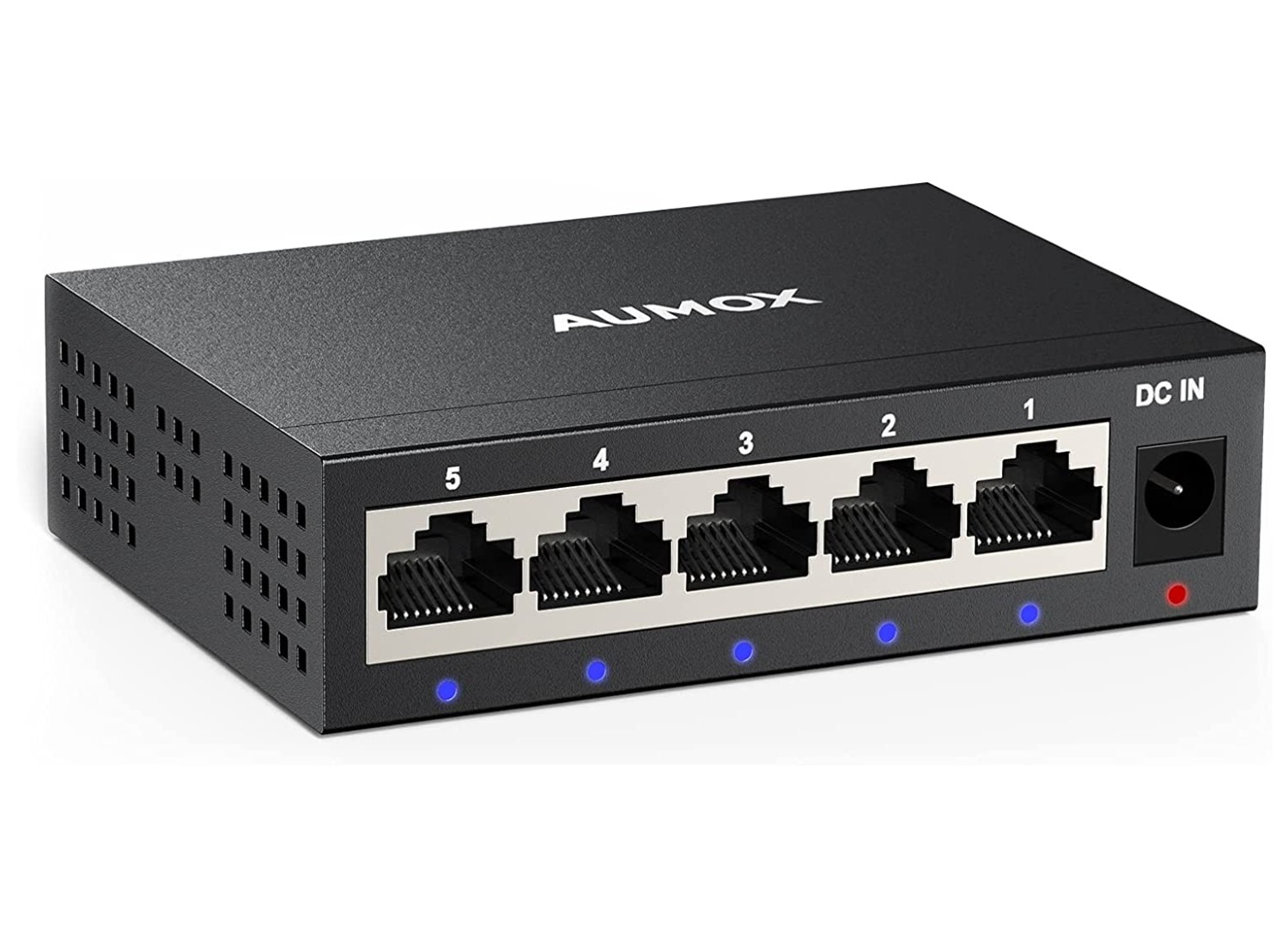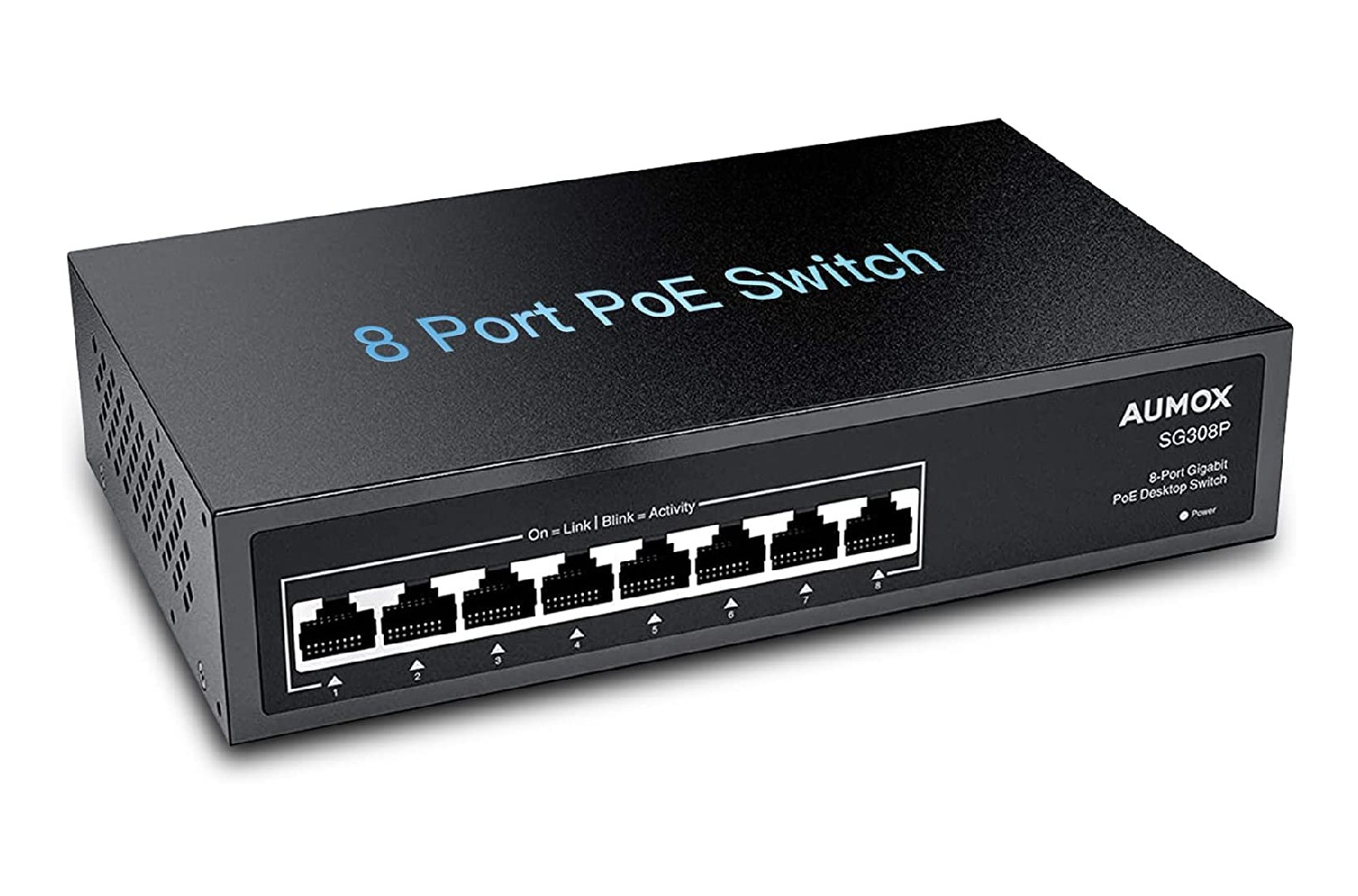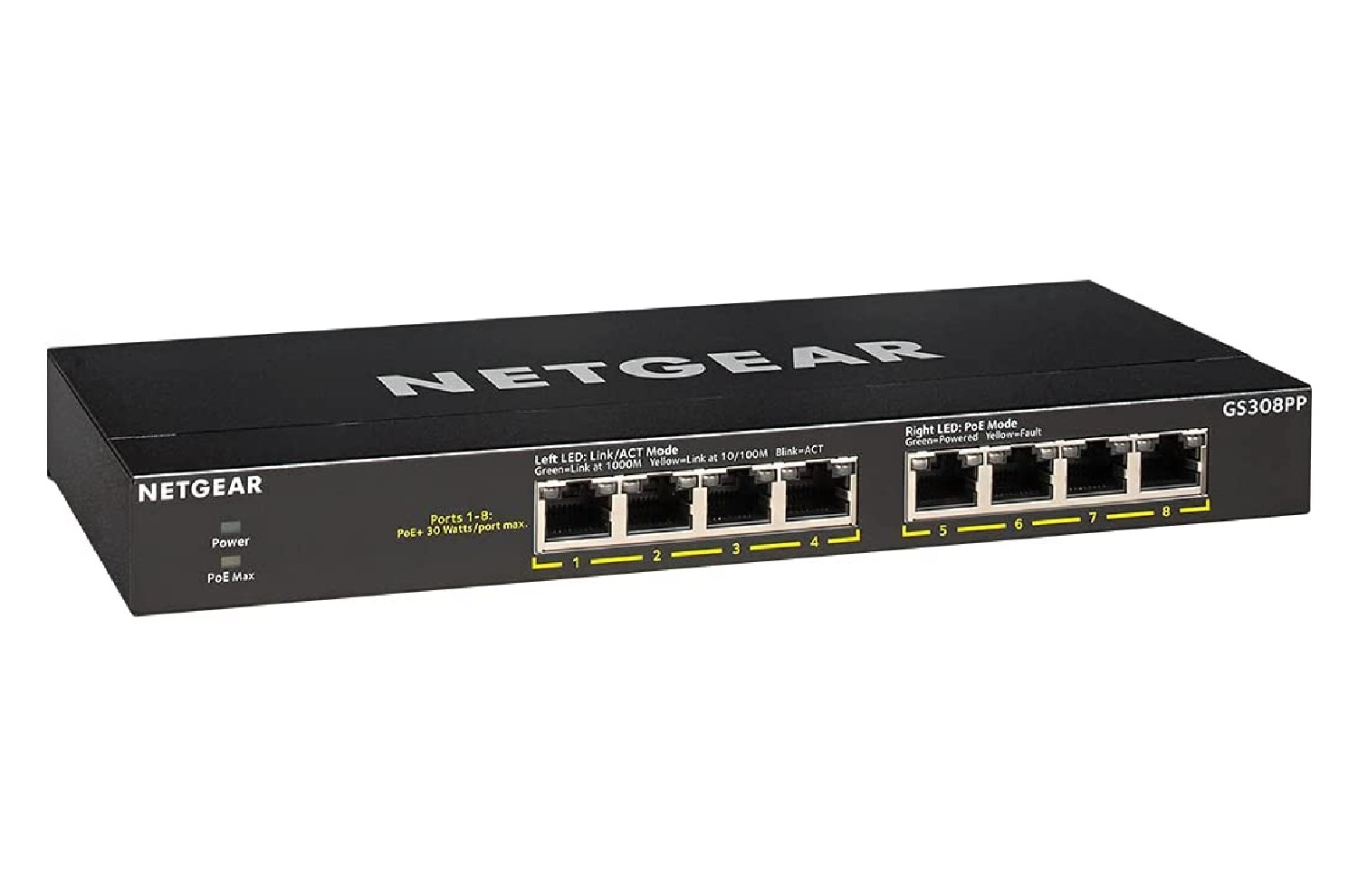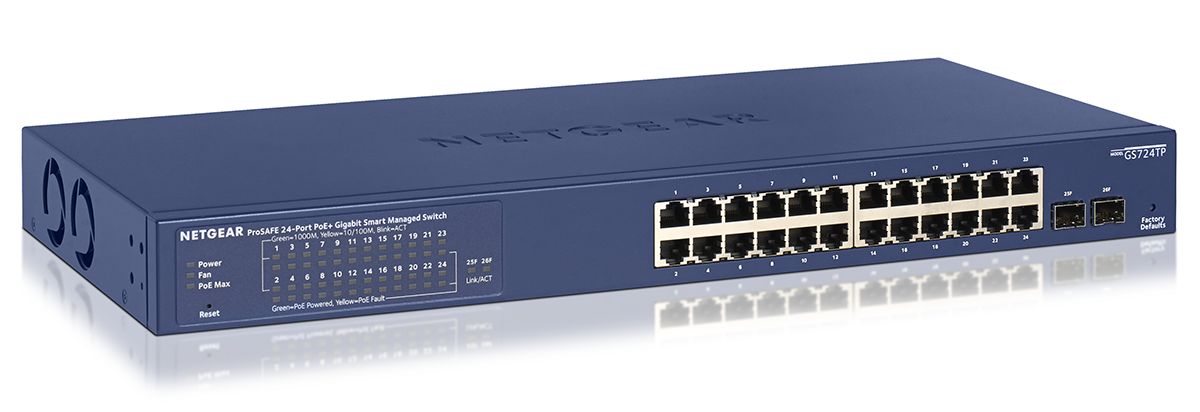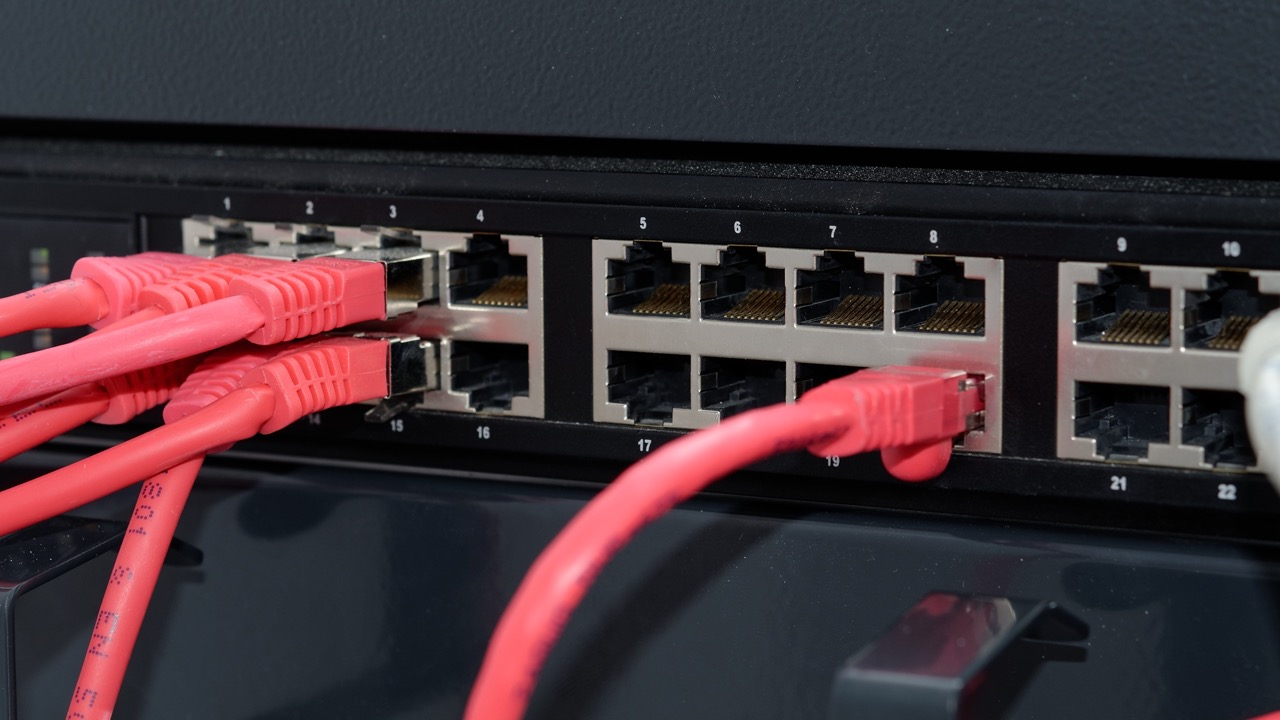Introduction
Network switches are essential components of modern computer networks, serving as the central hub for connecting devices and facilitating the seamless transfer of data. These devices play a crucial role in directing network traffic efficiently, ensuring that data reaches its intended destination swiftly and securely. Understanding the physical appearance and features of a network switch is vital for network administrators, IT professionals, and anyone seeking to optimize network performance.
As businesses and organizations increasingly rely on digital infrastructure to support their operations, the demand for reliable and high-performance network switches continues to grow. Whether it’s a small office network or a large-scale enterprise setup, the right network switch can make a significant difference in the speed, reliability, and security of data transmission. This article will delve into the physical attributes and key features of network switches, shedding light on their appearance, ports, size, ventilation, power supply, and mounting options.
By gaining insight into the visual characteristics and functionalities of network switches, readers will develop a deeper understanding of these vital networking devices. Whether you’re an IT enthusiast, a student studying computer networking, or a professional seeking to optimize network infrastructure, exploring the physical aspects of network switches is a valuable endeavor.
Physical Appearance
The physical appearance of a network switch can vary widely depending on its intended use and the manufacturer. Generally, network switches are housed in sturdy metal or plastic enclosures designed to protect the internal components and ensure durability. The front panel of a typical network switch features an array of ports and indicators, while the rear panel may include additional ports for connectivity and power sources.
Network switches come in different form factors, including desktop models that can be placed on a flat surface, and rack-mounted switches that are designed to be installed in standard server racks. The design and layout of the front panel, as well as the arrangement of ports and indicators, are carefully engineered to provide ease of use and efficient cable management.
Manufacturers often incorporate branding elements and labeling on the front panel to provide essential information about the switch, such as model number, port configurations, and power specifications. Additionally, the physical dimensions and weight of network switches can vary, with some models being compact and lightweight for easy deployment in office environments, while others are larger and more robust to meet the demands of enterprise networking.
Understanding the physical appearance of a network switch is crucial for proper installation, maintenance, and troubleshooting. By familiarizing oneself with the external features and design considerations, network administrators and IT professionals can effectively manage and optimize the performance of these critical networking devices.
Ports and Indicators
Network switches are equipped with a variety of ports and indicators that serve distinct functions, enabling seamless connectivity and providing essential feedback to users. The front panel of a typical network switch houses an array of ports, including Ethernet ports for connecting devices such as computers, printers, and servers, as well as uplink ports for linking to other network devices or to the wider network infrastructure.
The Ethernet ports on a network switch are often categorized based on speed and functionality, with common variants including Gigabit Ethernet ports for high-speed data transfer and Power over Ethernet (PoE) ports for delivering power to connected devices such as IP phones, security cameras, and wireless access points. Additionally, some switches feature combo ports that offer flexibility for connecting different types of network cables, such as Ethernet or fiber optic cables.
Indicators on the front panel of a network switch provide valuable visual feedback regarding the status and activity of the device. These indicators typically include LED lights that illuminate to indicate power status, network activity, port link status, and PoE status, among others. The color and blinking patterns of these LEDs convey essential information, allowing users to quickly assess the operational status of the switch and diagnose any connectivity issues.
Understanding the functions and characteristics of the ports and indicators on a network switch is crucial for proper network configuration and troubleshooting. By leveraging the capabilities of different ports and interpreting the feedback provided by the indicators, network administrators can ensure efficient data transmission, identify network issues, and maintain the overall health of the network infrastructure.
Size and Form Factor
The size and form factor of a network switch play a significant role in determining its suitability for specific deployment scenarios and environments. Network switches are available in various form factors, each tailored to meet the diverse needs of networking applications. Common form factors include desktop switches, rack-mounted switches, and compact or modular switches, with each design offering distinct advantages in terms of space utilization, scalability, and ease of installation.
Desktop switches are characterized by their compact size and are designed to be placed on a flat surface, such as a desk or shelf. These switches are well-suited for small office environments, home networks, and locations where space is limited. Rack-mounted switches, on the other hand, are designed to be installed in standard server racks, offering efficient space utilization and centralized management of network infrastructure. These switches are commonly used in data centers, server rooms, and enterprise networking environments.
Modular switches feature a flexible form factor that allows for the addition of expansion modules, enabling customization of port configurations and functionalities based on specific networking requirements. The size and weight of network switches can vary significantly, with some models being lightweight and portable for easy deployment, while others are more robust and designed to accommodate a large number of ports and advanced features.
When selecting a network switch, consideration of the size and form factor is crucial to ensure compatibility with the intended installation location and the existing network infrastructure. Understanding the form factor options and their implications on network design and management empowers network administrators to make informed decisions regarding the deployment of network switches, ultimately contributing to the efficiency and reliability of the network.
Ventilation and Cooling
Ventilation and cooling are critical considerations in the design and deployment of network switches to ensure optimal performance and longevity. Network switches generate heat during operation, particularly in high-traffic environments or when powering PoE devices, and efficient ventilation and cooling mechanisms are essential to dissipate this heat and maintain the switch within safe operating temperatures.
Many network switches are equipped with built-in fans or passive cooling systems designed to facilitate airflow and dissipate heat effectively. These cooling mechanisms help prevent overheating and ensure the reliable operation of the switch components. Additionally, the physical design of network switches often incorporates ventilation grilles or perforations to allow for the intake of cool air and the expulsion of hot air generated by the internal components.
Proper ventilation is crucial for maintaining the performance and reliability of network switches, especially in environments where multiple switches are deployed in close proximity or in enclosed spaces with limited airflow. Network administrators must consider factors such as ambient temperature, airflow patterns, and the potential for dust accumulation when planning the installation and cooling of network switches.
In some cases, network switches may be installed in dedicated network equipment racks or cabinets equipped with integrated cooling systems, such as fans or air conditioning units, to regulate temperature and humidity levels. These measures help create an environment conducive to the efficient operation of network switches, mitigating the risk of heat-related issues and ensuring the longevity of the networking infrastructure.
By understanding the importance of ventilation and cooling in network switch deployment, network administrators can implement effective strategies to manage heat dissipation and maintain optimal operating conditions. This proactive approach contributes to the overall reliability and performance of the network infrastructure, safeguarding against potential thermal issues that could impact network operations.
Power Supply
The power supply of a network switch is a critical aspect of its functionality, providing the necessary electrical energy to operate the device and power connected network devices. Network switches may be powered through various means, including standard AC power sources, Power over Ethernet (PoE) technology, or redundant power supply configurations to ensure continuous operation in the event of power failures.
Standard network switches typically rely on AC power sources, requiring connection to electrical outlets or dedicated power distribution units. These switches are designed to operate within specified voltage and current parameters, and their power consumption may vary based on factors such as port utilization, PoE device connectivity, and advanced features such as layer 3 routing and QoS (Quality of Service).
Power over Ethernet (PoE) technology enables network switches to deliver electrical power along with data over Ethernet cables to connected devices, such as IP phones, wireless access points, and surveillance cameras. This eliminates the need for separate power sources for these devices, simplifying installation and reducing cabling complexity. PoE switches come in various power budgets, with higher-power models capable of supporting a greater number of PoE devices and providing increased power per port.
Redundant power supply configurations are employed in mission-critical networking environments to ensure continuous operation and fault tolerance. These configurations involve the use of multiple power supply units, with one serving as the primary source and the others acting as backups. In the event of a power supply failure, the backup units seamlessly take over, preventing disruptions to network operations and minimizing downtime.
Understanding the power supply options and requirements of network switches is essential for proper deployment and management of network infrastructure. By considering factors such as power consumption, PoE support, and redundancy, network administrators can make informed decisions to ensure reliable power delivery and uninterrupted operation of network switches, thus contributing to the overall resilience and stability of the network.
Mounting Options
Network switches offer various mounting options to accommodate diverse installation requirements and environments. Understanding these mounting options is crucial for ensuring secure and efficient deployment of switches within a network infrastructure. Common mounting methods include desktop, rack-mounted, and wall-mounted configurations, each offering distinct advantages based on the specific needs of the networking environment.
Desktop mounting is suitable for small office or home environments where space is limited. Desktop switches are designed to be placed on flat surfaces such as desks, tables, or shelves, providing flexibility and ease of access for connecting and managing network cables. These switches are often compact and lightweight, making them ideal for non-rack installations and small-scale network setups.
Rack-mounted switches are designed to be installed in standard server racks or network equipment cabinets, offering centralized management and efficient space utilization. These switches feature mounting brackets or ears that align with the mounting holes on the rack, allowing for secure attachment. Rack-mounted switches are commonly used in data centers, server rooms, and enterprise networking environments, where multiple switches and networking equipment are housed in a structured and organized manner.
Wall-mounted switches provide a space-saving solution for environments where floor or rack space is limited. These switches are designed to be mounted directly on walls, offering a compact and unobtrusive installation option. Wall-mounted switches are often used in locations such as retail stores, classrooms, and small office spaces, where network connectivity needs to be extended without occupying valuable floor space.
Some network switches offer versatile mounting options, allowing for flexible deployment based on specific requirements. These switches may support multiple mounting configurations, such as desktop and rack mounting, providing adaptability for different installation scenarios.
By understanding the various mounting options available for network switches, network administrators can make informed decisions regarding the placement and installation of switches within the network infrastructure. Considerations such as space constraints, cable management, and accessibility play a crucial role in determining the most suitable mounting method for network switches, ultimately contributing to the efficiency and organization of the network environment.







